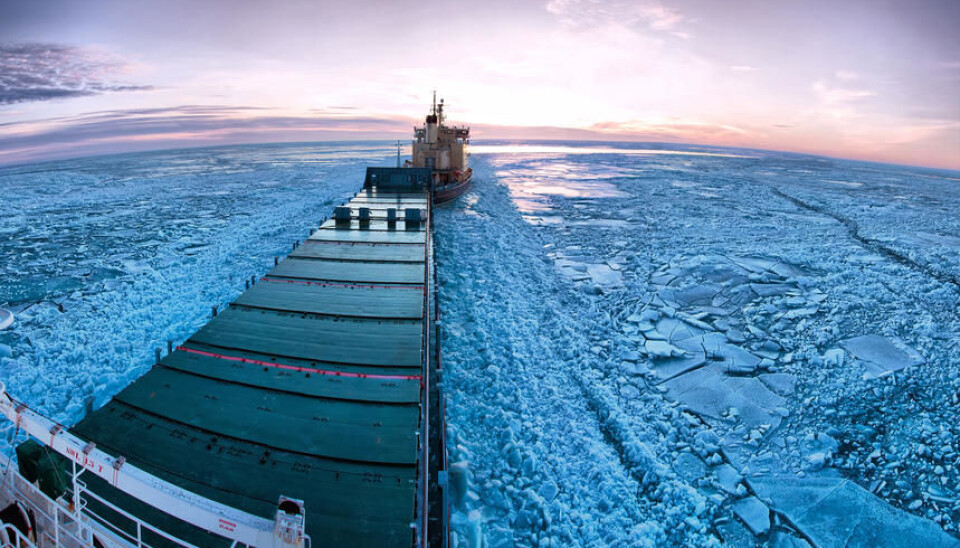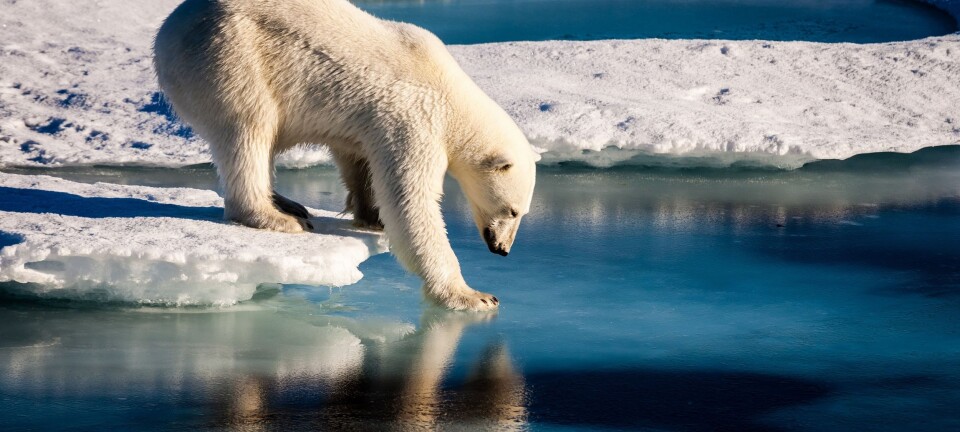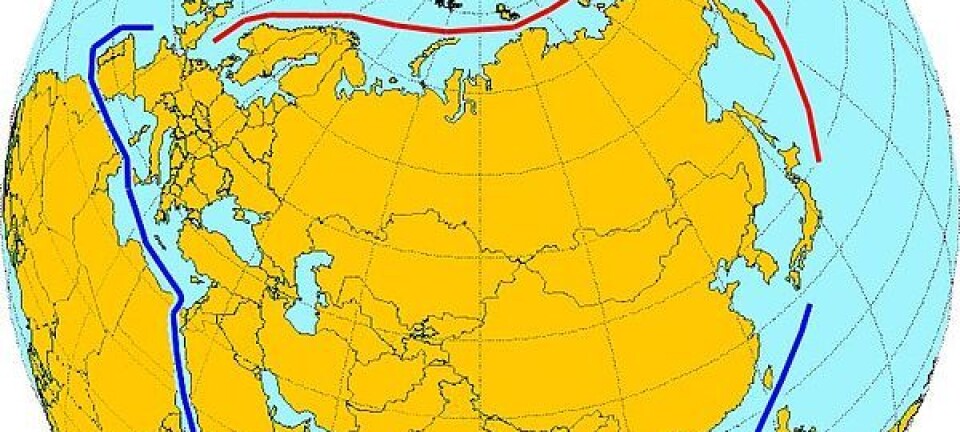This article was produced and financed by University of Bergen

Trans-Arctic shipping and the tragedy of the polar ice cap
The Arctic sea ice is melting. Areas that previously have been covered with ice are opening up, facilitating increased access for ship traffic in the Arctic Ocean. How can the need for preservation of the vulnerable Arctic environment meet the world's need for trade and transport?
The continuing decrease of Arctic sea ice is gradually creating new trans-Arctic shipping routes, linking the Atlantic and Pacific Oceans. It may even be possible to cross the North Pole on voyages between the west and the east within 2030.
"Our knowledge of how the Arctic marine ecosystems will respond to influence caused by increased human activity and maritime traffic is limited", Yngvil Marie Erichsen says.
She is a PhD student at the Faculty of Law, University of Bergen.
Erichsen is currently working on a project named “Arctic Shipping: Climate Change and Legal Challenges.” The aim of the project is to explore the legal challenges related to increased commercial traffic in the Arctic Ocean, with special focus on environmental concerns.
Through Norwegian waters

A large part of Arctic ship traffic passes through waters that are subject to Norwegian jurisdiction. In the capacity of being both an Arctic flag state and an Arctic coastal state, Norway has a unique position in relation to Arctic shipping. Erichsen will therefore focus particularly on the Norwegian legislation.
Through her doctoral thesis, Erichsen will examine the extent to which coastal and flag states have a right and an obligation to regulate Arctic shipping in order to protect the environment.
Savings at a cost
"The Northern Sea Route along Russia's northern coast is currently the most accessible Arctic seaway. Using the Northern Sea Route on seaborne trade between Atlantic and Pacific ports may cut the distance with as much as 50% compared to the southern routes via the Suez or Panama Canals. Time saving and reduced fuel consumption may give substantial cost saving", Erichsen explains.
The potential savings do however come at a cost: Arctic shipping poses great threats to the highly sensitive ecosystems of the region.
"An oil spill incident, for instance, would potentially be catastrophic for the environment, with long lasting and widespread damage. Navigation in the Arctic is extremely challenging with hazards such as ice, fog, strong winds and very low temperatures. The risk of an incident leading to accidental spill of fuel or cargo is therefore relatively high. In the event of an oil spill, the remoteness and hostile environment of the region make both response and clean-up operations extremely difficult, if at all possible", Erichsen says.
Other potential environmental threats include operational discharges and emissions, leakage of dangerous cargoes and introduction of alien species. Noise caused by regular passage may also disrupt the migration patterns of marine mammals.
A new Arctic situation
The United Nations Convention on the Law of the Sea of 1982 is the international legal framework for regulation of activity in the world's oceans, including Arctic shipping. However, the Convention was negotiated before climate change and melting Arctic sea ice was an issue on the international agenda. The only provision dealing with Arctic navigation is a narrow and vaguely worded exception.
The Polar Code that entered into force 1 January 2017 does to some extent take account of the new Arctic situation.
Complex questions
Does the current international legal framework adequately protect the environment? How to regulate a vast area that is rapidly changing? How can the need for preservation of the Arctic environment meet the world`s seemingly insatiable need for trade and transport? These questions are at the core of Erichsen`s research.
"These are complex questions with global implications. I consider working with these issues a great privilege", Erichsen says.
This article was first published in The UiB Magazine 2018/2019. Read the magazine online here.

































